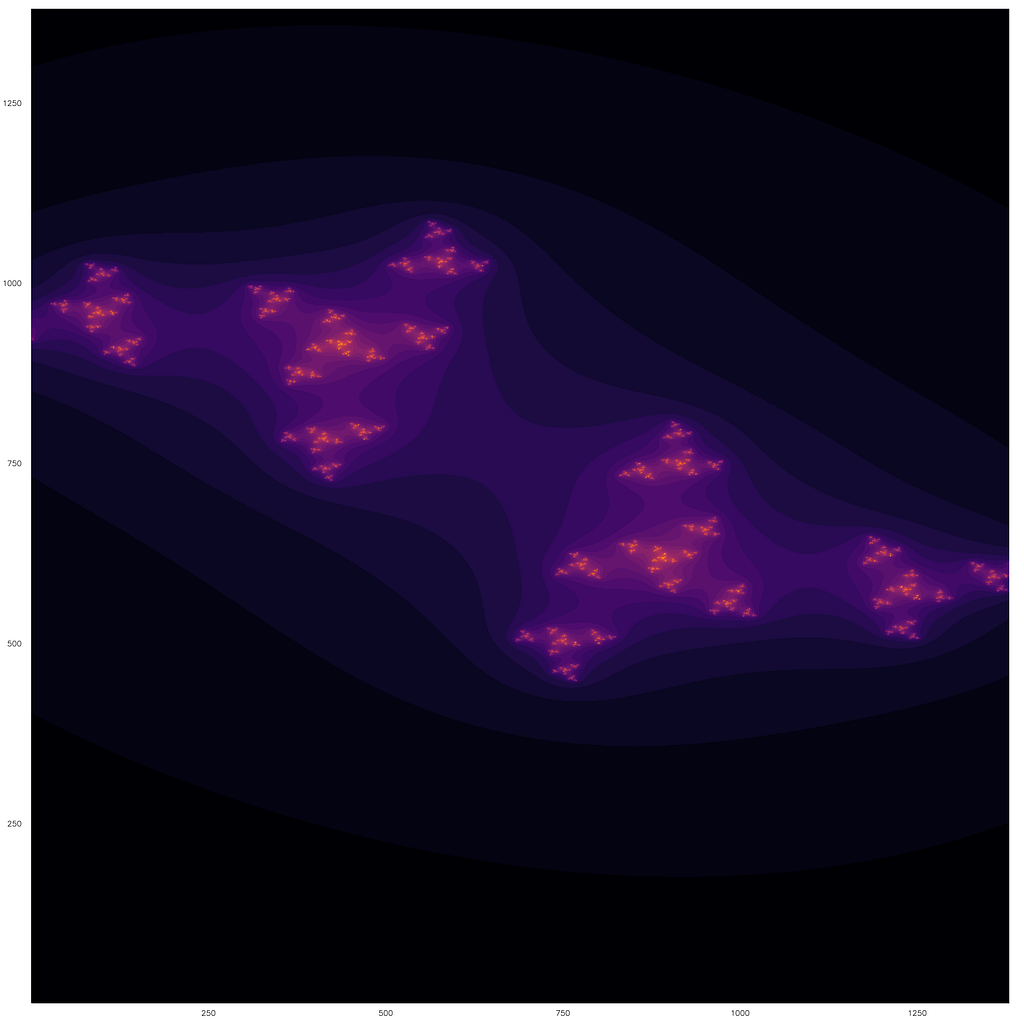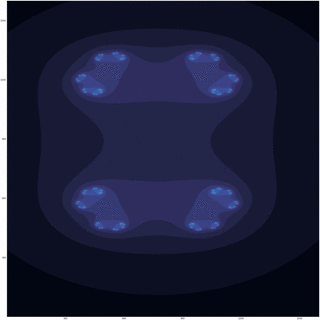Latest news about Bitcoin and all cryptocurrencies. Your daily crypto news habit.
If I were forced to make a bet, on which programming language will revolutionize scientific software in the next 5 years, I would put my money on Julia.
The system programming revolution that post-metaclasses C++ and Rust will bring to systems engineering, Julia will bring to scientific computing.
What is Julia and why should you care about it ?
Despite looking very similar to Python, from the end user’s perspective, Julia has a few tricks up its sleeves.
Once Julia code starts executing, it’s a match for any well-written C, C++ or d6/julia-and-julia-sets-e5a6fa3de7a7Fortran implementation of that same program.
Julia makes parallelism easy and allows you to write pretty and concise code that runs fast. You can read more about what makes Julia so fast and easy to integrate & deploy on its official website.
Julia is still a dynamically typed language, which means values are typed, but variables aren’t. But, it provides a very easy syntax for enforcing the type of a value at its creation. Unlike Python, its type system is very advanced, meaning you can do something like this:
arr = Array{Float16,1}()
push!(arr, 12.9) # Works
push!(arr, "my string") # Give a type error
val = UInt8(11)
push!(arr, val) # `val` is cast to Float16 then appendedIt also provides native support for things like multidimensional arrays and array operations using SIMD optimizations. Further more, its arrays are actual arrays, not lists, but large chunks of memory, allocated continuously, for fast iteration and lookup.
All this, means that Julia can achieve amazing speeds for vector computations, without needing 3rd party containers or linear algebra libraries.
Generating a Julia set
Since it’s such a low hanging fruit, I might as well show you Julia by generating and plotting some Julia sets.
For the rest of this blog, I will try and present to you some Julia code, to showcase some of its features. Hopefully I’ll convince you of its efficiency.
To follow through you will need to install Julia and open up a .jl file in a text editor of your choice. You can run the code using julia my_file.jl.
One thing I like about Julia, is that it takes most of the clutter out of writing fast procedural code. Take, for example, these functions that generate our Julia set matrix.
function julia(x, y, width, height, c)
# Scale size the fractal within our frame
z = ((y/width)*2.7 - 1.3) + ((x/height)*4.5 - 2.5)im
for i = 1:255
z = z^2 + c
if abs(z) >= 4
return i
end
end
return -255
end
function julia_set(height, width, c)
[julia(x, y, width, height, c) for x = 1:height, y = 1:width]
endWe can invoke julia_set with a given image size and c parameter, then plot a heatmap of the resulting matrix to view the fractal.
Plotting a heatmap
Another nice thing about Julia, are its community maintained libraries. The ease, and practically non existent overhead, with which C and Python libraries can be mixed within Julia code, gives us the ability to use many mature libraries where a native Julia alternative doesn’t exist or isn’t needed.
Plots is a very powerful, all be it less than ideally documented, plotting library. It provides a Juila interface under which different back ends, such as pyplot or plotyjs, will generate our images. I will be using the GR backend.
# Install the packages we need
Pkg.add("Plots")
Pkg.add("GR")
# Import the Plots library in the current runtime
using Plots
# Initialize the gr backend
gr()Alright, now the only thing left is to chose our c term, generate the julia set and plot it.
# Set the size of our images height = 800 width = 800
c = 1.2e^(1.1π*im)
# Generate the set data = julia_set(height, width, c)
# Generate the heatmap and save it as a PNG file_name = "/tmp/julia_$(height)_$(width)_$(c.re)_$(c.im)" png(heatmap(data, size=(width,height), color=:ice), file_name)
This should be enough for us to generate a pretty fractal, however, I think we should go further.
Animating our fractal
Another nice thing we can do with the Plots package is create animations, by simply putting multiple pngs back to back via ffmpeg.
This will be done using the @animate macro to create an animation from our for loop. Then, the gif function to save it to a file and give it our desired frame rate.
Now, depending on the value of c, framerate, color scheme and resolution you select, you could get wildly different animations here. I’ve create one that I’m quite happy with.
Making it parallel
Generating the images and computing the sets could take quite a long while. However, Julia provides tools to easily parallelize for loops without side effects. This can be done for the loop that generates our sets using the @parallel macro.
One thing that should be note here, is that you need to run Julia with the -p argument to benefit from this. For example julia -p 10, uses 9 additional processes.
Once you do this, functions need to be declared with the @everywhere macro to be accessible from all processes.
@everywhere julia = julia
@everywhere julia_set = julia_set
# Re-write our code to generate the sets in parallel
nr_frames = 40
sets = @sync @parallel append! for n=0:nr_frames
c = e ^ (2*π*n/nr_frames*im)
set = julia_set(height, width, c)
[set]
end
anim = @animate for set in sets
heatmap(set, size=(width,height), color=:speed, leg=false)
endfile_name = "/tmp/julia_$(height)_$(width)_$(nr_frames).gif" gif(anim, file_name, fps=4)
Parallelizing the animation may seem trivial, but, due to the way @animate works, it’s actually a bit more complicated. I will leave that as an exercise, to the reader.
I’d encourage anyone interested to try using this language for some of their scientific computing needs.
I’ve come to prefer Julia over Python in a very short while and I’m convinced some of my readers may feel the same way
Julia and Julia sets was originally published in Hacker Noon on Medium, where people are continuing the conversation by highlighting and responding to this story.
Disclaimer
The views and opinions expressed in this article are solely those of the authors and do not reflect the views of Bitcoin Insider. Every investment and trading move involves risk - this is especially true for cryptocurrencies given their volatility. We strongly advise our readers to conduct their own research when making a decision.

